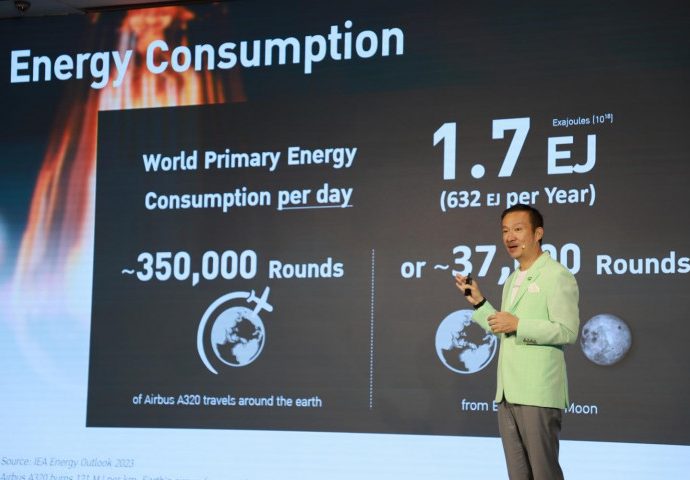Push to green data centres as they guzzle more power amid growing digital demands

‘EVERY LITTLE BIT COUNTS’
The view is shared by companies such as Empyrion DC, a next-generation digital infrastructure platform headquartered in Singapore.
Empyrion DC CEO Mark Fong said this involves thinking about sustainability holistically, “because every little bit counts”.
The company has taken steps to cut down its carbon footprint, including regularly upgrading technology, properly managing e-waste and reducing water usage in the bathrooms.
“The end goal is really to be able to tap off the grid clean energy,” said Mr Fong, adding that even starting with 10 per cent is a step in the right direction.
Tech giant Google has been matching 100 per cent of its global annual electricity consumption with purchases of renewable energy since 2017.
The company plans to operate its data centres around the world on carbon-free energy by 2030.
“Obviously this is very challenging, even with… the most advanced renewable markets that we have now,” said Mr Ken Siah, head of Data Center Public Affairs (Asia Pacific) at Google.
“The sun is not going to shine 24 hours a day. The wind is not going to blow 24 hours a day. So we have to really work with governments, energy producers, (and) renewable energy generators to make sure the grid is set up and properly equipped to make this transition.”
There is a need to encourage governments to tweak regulations, and invest in scores of renewable energy projects globally, said observers.
For Google, the transition also involves installing more efficient chips, using machine learning to slash power consumption, and even giving customers a chance to choose where in the world they want to run their cloud computing to meet their own sustainability goals.
“Customers are demanding it. Governments are demanding it. It is a business imperative that they have to become more sustainable,” said Mr Siah.
“And I think a lot of companies recognise this, and I think that’s why you see there’s a greater push in the industry in general to have more sustainable data centres.”























